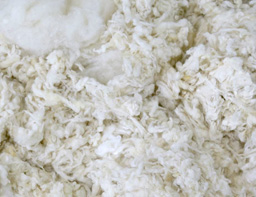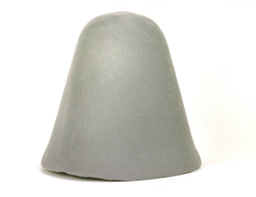


The Golden Fleece
The oldest textile fibers, found on archaeological sites around the world, were wool fibers. The mankind has been using wool for over 25,000 years, so we can freely say that the tradition of using wool is as old as the civilization itself. Due to its outstanding performance, it has always been used for making high quality garments that protect against adverse weather conditions. With the development of the trade, the wool became one of the most respected goods, and traders have been paying for it with the gold itself. The wool has left an indelible mark both in history and in mythology. The mythological Golden Fleece is the highest value and the symbol of the award that is deserved after great heroic deeds.
The wool has always been appreciated for its outstanding features, because it protects against the cold and damp, it allows the body to breathe and it is pleasant to the touch. In addition to this, the wool has a beneficial effect on our body with its anti-allergic, antibacterial and antirheumatic properties. The latest research show that the wool protects us from harmful electromagnetic radiation from the environment, which we are today exposed to. The wool is natural, renewable and biodegradable, so we can say that in the textile industry it is a material number one when it comes to the concern for ecology and the environment.
The felting of wool as a way of processing it originates from Tibet, i.e. Central Asia and the Far East, and it was brought to Europe by the Avars and Huns. During processing, soft and delicate wool fibers are intertwined into a solid, homogeneous and indivisible structure that we call wool felt. The most perfect and most complicated technique is wool felting for hats and that is the beginning of the European tradition of manufacturing felt hats, which flourished in Europe in mid-19th century. In the early 20th century, a hat become an indispensable piece of clothing and a fashion icon.
The hat has always been a symbol of power, sovereignty, a sign of superiority and social status. Throughout history, felted hats have been and are still worn by prominent people with strong personal identity and attitude.


